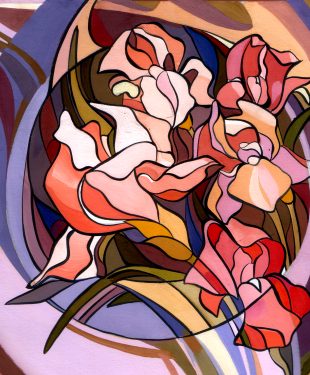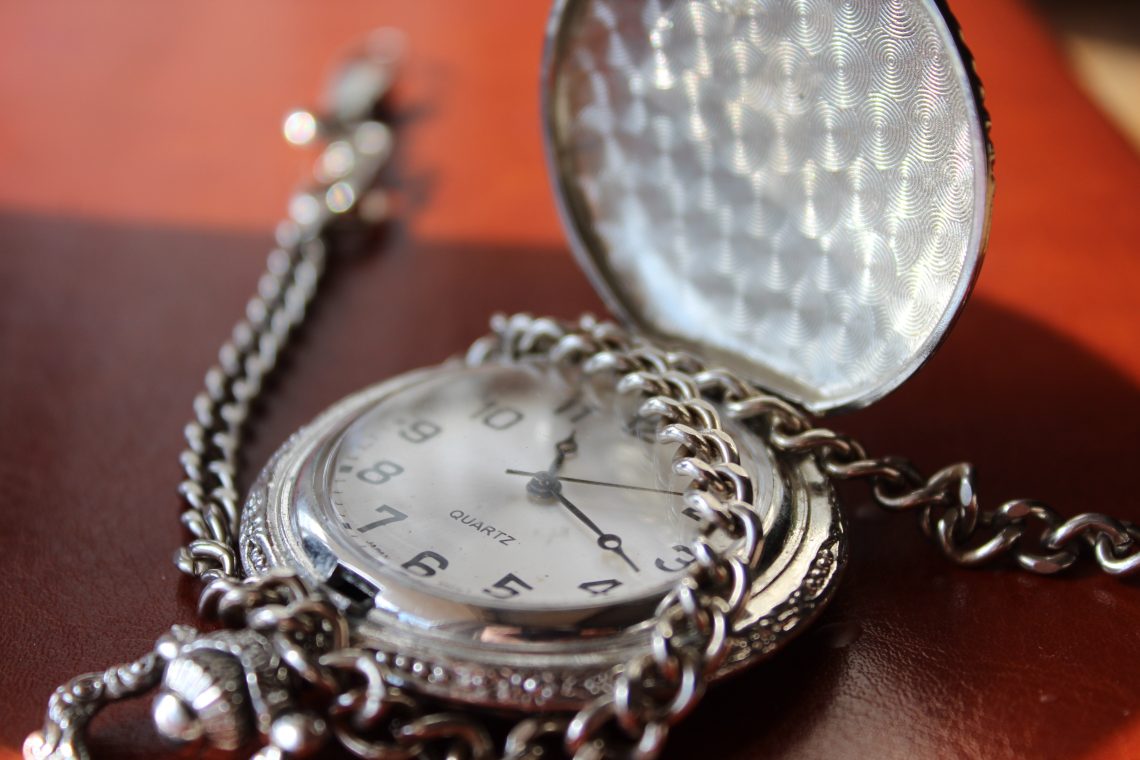There is a certain mystique surrounding antique jewelry, with each piece having a story to tell from an era long gone. From the elegance of the Georgian era to the romance of the Victorian period, the sophistication of the Edwardian age, and the artistic flair of the Art Nouveau movement, antique jewelry transcends time and trends to captivate the hearts and minds of collectors and enthusiasts alike.
The allure of antique jewelry lies not only in its exquisite craftsmanship but also in the rich history and cultural significance that each piece carries. These jewels, forged in different periods of history, reflect the social, economic, and artistic transformations that shaped the world we know today. As we delve into the luxurious realms of antique jewelry, we will explore the distinctive styles, techniques, and materials that characterized each epoch and defined the masterpieces we continue to cherish.
Antique jewelry is not just about indulging in material opulence; it is also about celebrating the unique connection between art and history. By adorning oneself with the jewels of the past, we pay tribute to the exceptional skills of the artisans who crafted these magnificent works of art and to the refined tastes of the patrons who treasured them. As we embark on this fascinating journey through time, let us immerse ourselves in the enchanting world of antique jewelry and appreciate the enduring beauty and sophistication of these priceless heirlooms.
The Georgian Era: Grace and Grandeur
The Georgian era, spanning from 1714 to 1837, was a period of elegance and opulence in jewelry design. The era was named after the four British monarchs of the House of Hanover, who ruled during this time. Georgian jewelry is characterized by its intricate and delicate craftsmanship, often featuring elaborate motifs inspired by nature, such as flowers, leaves, and birds. One of the most iconic Georgian jewelry pieces is the girandole, a type of chandelier earring that features three or more dangling gemstones or pearls suspended from a central bow or cluster. These earrings were often worn as bridal earrings, adding a touch of glamor and sophistication to the bride’s ensemble. Other popular Georgian jewelry designs include the rivière necklace, consisting of a single strand of gemstones or pearls, and the parure, a matching set of jewelry pieces designed to be worn together.
The prevalent use of diamonds during this era reflects the growing accessibility of these precious stones, thanks to new sources and advances in cutting techniques. Rose-cut and old mine-cut diamonds were particularly popular in Georgian jewelry, often set in closed-back silver settings to enhance their sparkle. Colored gemstones, such as emeralds, sapphires, and rubies, were also widely used and were frequently mounted in gold to create a striking contrast.
The Victorian Era: Romance and Revival
 The Victorian era, named after Queen Victoria’s reign from 1837 to 1901, was a time of immense social and cultural change. This period saw the rise of the middle class and increased accessibility to luxury goods, including jewelry. Victorian jewelry is characterized by its romantic themes and eclectic mix of styles, often inspired by historical and cultural revivals. One of the most emblematic Victorian jewelry designs is the cameo, a carved relief image typically featuring a portrait or mythological scene. Cameos were often carved from shell, agate, or coral and set in gold or silver brooches, pendants, and bracelets. Another signature Victorian piece is the serpent or snake jewelry, symbolizing eternal love and wisdom. These designs often featured coiled serpents adorned with gemstones or enamel, and were commonly crafted into rings, bracelets, and necklaces.
The Victorian era, named after Queen Victoria’s reign from 1837 to 1901, was a time of immense social and cultural change. This period saw the rise of the middle class and increased accessibility to luxury goods, including jewelry. Victorian jewelry is characterized by its romantic themes and eclectic mix of styles, often inspired by historical and cultural revivals. One of the most emblematic Victorian jewelry designs is the cameo, a carved relief image typically featuring a portrait or mythological scene. Cameos were often carved from shell, agate, or coral and set in gold or silver brooches, pendants, and bracelets. Another signature Victorian piece is the serpent or snake jewelry, symbolizing eternal love and wisdom. These designs often featured coiled serpents adorned with gemstones or enamel, and were commonly crafted into rings, bracelets, and necklaces.
The Victorian era also saw the widespread use of mourning jewelry, with black materials such as jet, onyx, and black enamel being used to create intricate designs in remembrance of lost loved ones. Lockets containing hair or photographs of the deceased were popular, serving as sentimental tokens of love and memory.
The Edwardian Era: Sophistication and Elegance
The Edwardian era, named after King Edward VII’s reign from 1901 to 1910, was a period of refinement and luxury in jewelry design. Edwardian jewelry is characterized by its delicate and feminine aesthetic, with an emphasis on intricate metalwork and ethereal motifs. One of the defining features of Edwardian jewelry is the extensive use of platinum, a metal that allowed for more intricate and delicate designs due to its strength and malleability. This era saw the emergence of the garland style, which was inspired by the French Belle Époque and incorporated delicate, flowing lines and lace-like patterns. The use of diamonds was abundant in Edwardian jewelry, with the newly developed brilliant-cut becoming the favored style for these precious stones.
Among the most iconic Edwardian jewelry pieces are the lavalier necklace, featuring a delicate chain adorned with a pendant that often included diamonds, pearls, or other gemstones, and the dog collar or choker, a close-fitting necklace composed of multiple rows of pearls, diamonds, or other materials. These styles embodied the elegance and sophistication that defined the Edwardian era.
Art Nouveau: Nature and Creativity
 The Art Nouveau movement, spanning from the late 19th to early 20th centuries, was a time of artistic innovation and a departure from traditional styles. Art Nouveau jewelry is characterized by its sinuous lines, organic shapes, and emphasis on nature-inspired motifs, such as flowers, insects, and mythical creatures. Art Nouveau jewelers, like René Lalique and Georges Fouquet, prioritized creativity and craftsmanship over the intrinsic value of the materials used, often employing semi-precious stones, enamel, and glass in their designs. The iconic Art Nouveau piece, the “whiplash” design, is characterized by its fluid and dynamic lines, reminiscent of plants and other natural forms.
The Art Nouveau movement, spanning from the late 19th to early 20th centuries, was a time of artistic innovation and a departure from traditional styles. Art Nouveau jewelry is characterized by its sinuous lines, organic shapes, and emphasis on nature-inspired motifs, such as flowers, insects, and mythical creatures. Art Nouveau jewelers, like René Lalique and Georges Fouquet, prioritized creativity and craftsmanship over the intrinsic value of the materials used, often employing semi-precious stones, enamel, and glass in their designs. The iconic Art Nouveau piece, the “whiplash” design, is characterized by its fluid and dynamic lines, reminiscent of plants and other natural forms.
Notable Art Nouveau jewelry designs include the plique-à-jour technique, where translucent enamel is suspended between delicate metal frameworks, creating an effect similar to stained glass, and the use of opals, moonstones, and other iridescent gemstones, which were prized for their unique play of color and evocative, dreamlike qualities.
Timeless Luxury and Elegance
As we journey through the captivating world of antique jewelry we are reminded of the timeless appeal and allure of these historical gems. Antique jewelry serves as a testament to the skill and artistry of the craftsmen who created these masterpieces, as well as to the discerning tastes and appreciation of the patrons who cherished and preserved them throughout the ages. These exquisite pieces not only reflect the aesthetic sensibilities and social contexts of their respective eras, but also embody the enduring beauty, elegance, and luxury that transcend time and trends.
In the words of the famed French jeweler, Cartier, “Jewelry has the power to be the one little thing that makes you feel unique.” As we adorn ourselves with these exceptional works of art, we are not only indulging in material opulence but also embracing the elements that evoke an exceptional as well as historical sense of style and substance.
Read more fashion and jewelry articles at ClichéMag.com
Images provided by BingAI, Adobe Stock, Flickr, Unsplash, Pexels, Pixabay & Creative Commons


